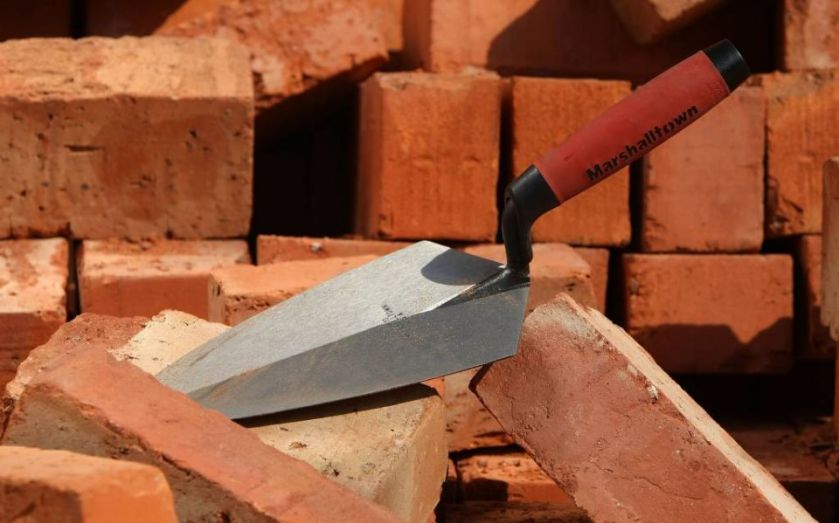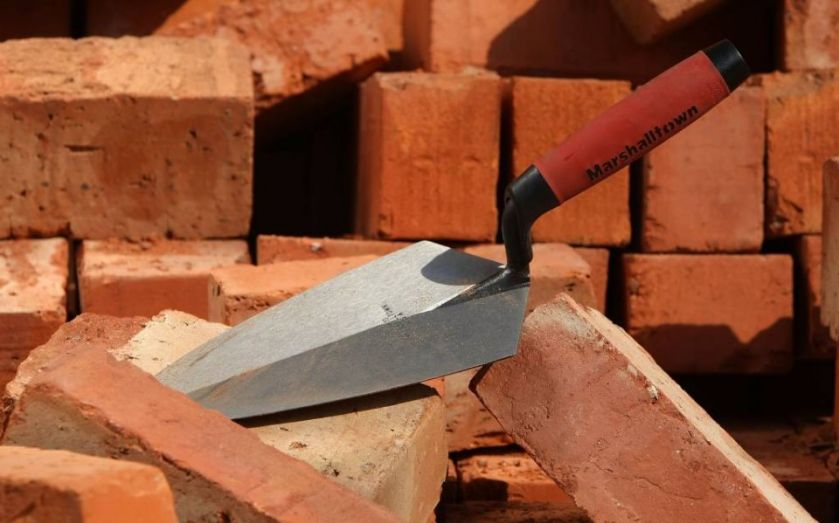Cracks showing at Ibstock as profits collapse despite efforts to slash costs
Last year saw Ibstock reduce headcount and close factories in an effort to reduce costs


Ibstock has seen a 71 per cent profit crash as UK sales sank and inflation whipped up materials prices.
The London-listed building solutions provider and products manufacturer today said that profit before taxation dropped from £105m in 2022 to £30m, dragging earnings per share down 75 per cent with it to 5.4p.
Adjusted earnings per share fell from 22.7p in 2022 to 13.9p in 2023 while dividend per share sank from 8.8p to 7p
Hailed as a “resilient” year of performance, Ibstock took action to reduce costs throughout the year including the permanent closure of two clay brick factories and around £20m of value in layoffs and fixed cost savings.
However, the group’s debt also swelled by £55m to £101m on the back of an “exceptional charge” of £31m of which £10m was a cash cost.
To date, 2024 has remained “subdued” in terms of market activity, the group said, but it is optimistic on seeing a “degree of improvement” throughout the year.
“We have delivered a resilient performance for the year in what have been very difficult market conditions, and I am proud of the way that colleagues across the Group have responded in such challenging circumstances,” said the group’s chief executive Joe Hudson.
“Our results reflect both continued strong execution and the difficult but decisive actions taken to reduce headcount and realign capacity with near-term market conditions and the organisational changes implemented during the second half of the 2023 year have created a leaner, more customer-focused business, which will deliver an enduring benefit for years to come.
“As we focus on doing the right things to respond to market conditions in the near term, we are moving towards completion of the key investment projects that will underpin our growth as the market recovers.”
Housebuilders in particular have endured a rough few months against a shaky economic backdrop, higher for longer interest rates and cost inflationary pressures.



